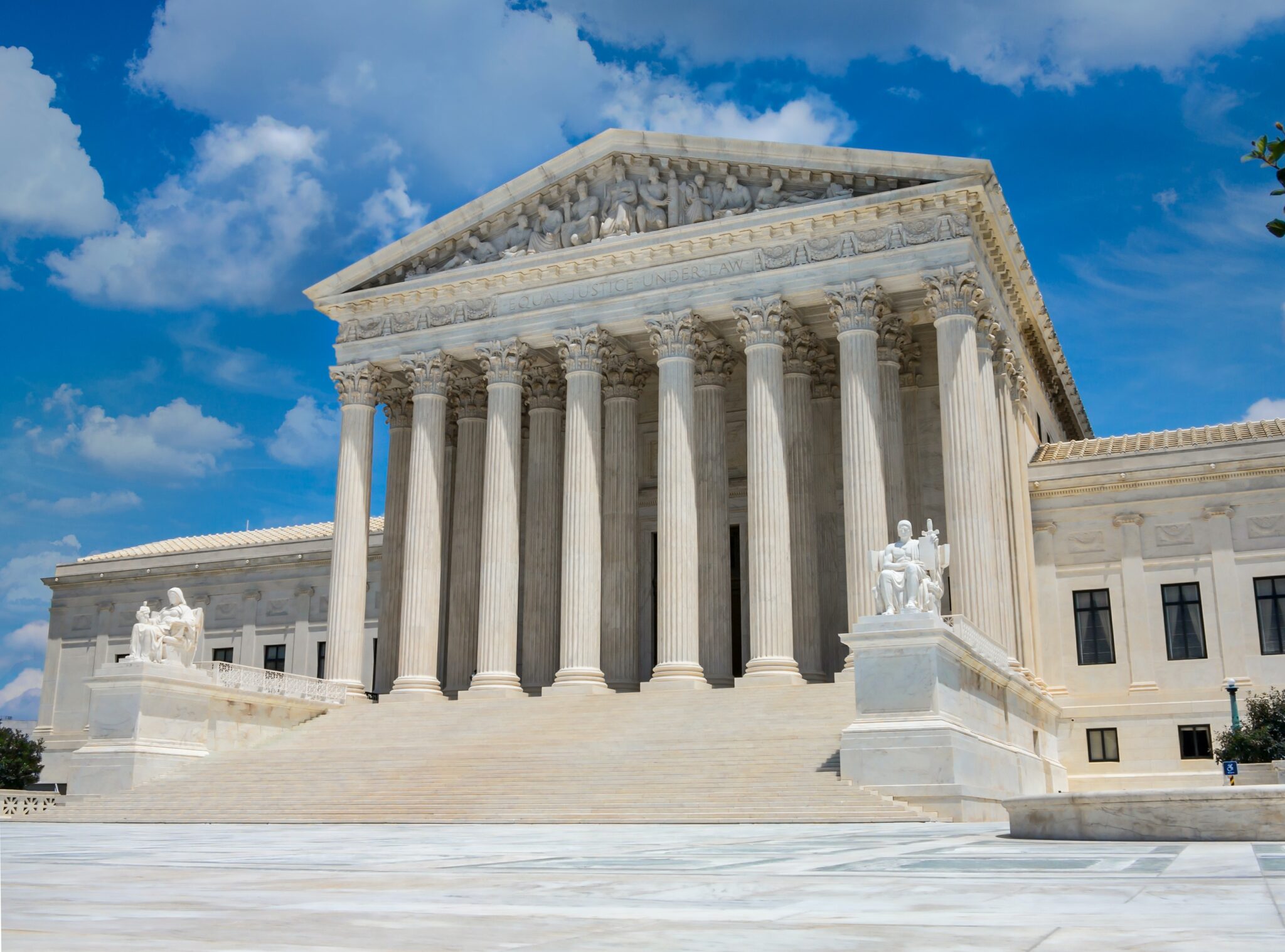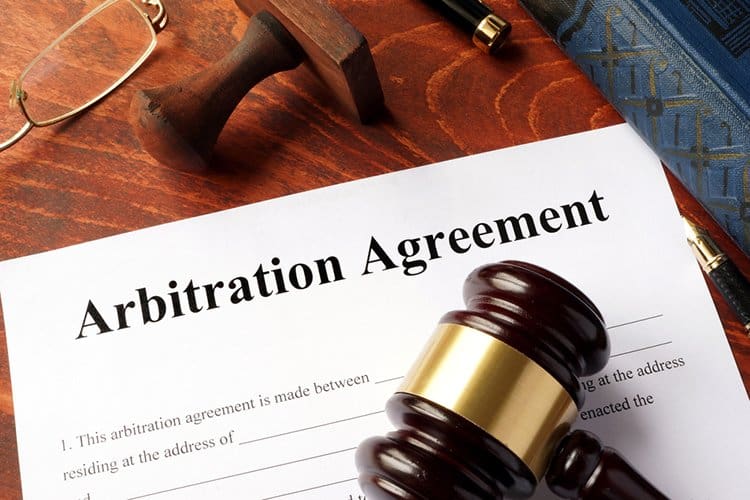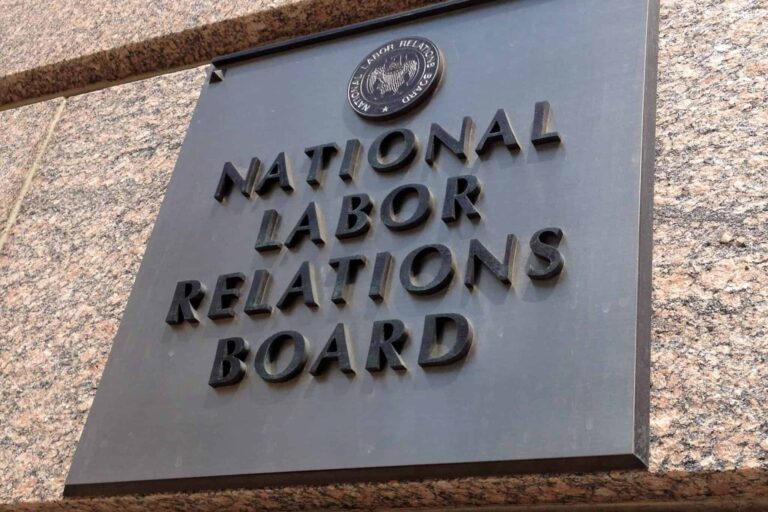
Darin M. Dalmat is a Senior Partner at Barnard, Iglitzin, & Lavitt LLP—a law firm in Seattle, Washington, that represents unions.
In Part 2 of my three-part series on Glacier, I share my lessons learned on litigating Garmon defenses.
Lesson 1: File a 12(b)(1) or move to stay and submit facts telling the union’s side of the story
Glacier’s main lesson for defending state claims and litigating Garmon defenses is that union lawyers should present a Garmon argument by way of a 12(b)(1) factual attack on subject-matter jurisdiction or a motion to stay, not a 12(b)(6) attack on the sufficiency of the allegations.
That’s because a Garmon argument asserts a state court lacks subject-matter jurisdiction over conduct that is subject to the exclusive jurisdiction of the NLRB, at least until the Board definitely resolves the question. Longshoremen v. Davis, 476 U.S. 380, 389–93 (1986).
To sustain its preemption claim, the defendant-union must offer more than a conclusory assertion of NLRA protection. Glacier, 598 U.S. at 776 (majority opinion) (quoting Davis, 476 U.S. at 394). It must put forth “‘enough evidence to enable the court to find that ‘the NLRA arguably protects the [challenged] conduct.’” Id. (majority opinion) (quoting Davis, 476 U.S. at 395). That evidentiary burden, while real, remains relatively light. The union need not prove the truth of the facts it proffers. And it need not show its proffered facts are undisputed, as on summary judgment. Rather, it need submit only enough evident to persuade a court that, on the union’s evidence, the Board could find the conduct protected.
In practice, this jurisdictional rule flips the 12(b)(6) burdens. When a union submits its own evidence, a court properly applying Garmon, Davis, and Glacier should accept the truth of that evidence and then determine whether the union has advanced a viable legal theory—i.e., one not authoritatively rejected by the courts or the Board—that, applied to the union’s evidence, would show protection. If so, the union should prevail on its Garmon claim.
The appropriate disposition of a motion to dismiss for want of jurisdiction is a dismissal without prejudice or a stay pending the Board proceedings. Id. at 800 (Jackson, J., dissenting); id. at 786 (Thomas, J., concurring) (recognizing that the State’s power to act is restored once the Board determines the statute of the conduct with unclouded legal significance). The majority, Thomas concurrence, and dissent all agree that Garmon operates only as a “pause” or a jurisdictional hiatus. Where Garmon preemption applies, it strips state courts of jurisdiction over the underlying dispute only while the parties “await the Board’s resolution of the legal status of the relevant conduct.” Id. at 777 (majority opinion). If the Board decides the conduct is not protected (and not prohibited) by the NLRA, then the state court may again entertain the litigation. Id.; accord id. at 795 & 795 n.1 (Jackson, J., dissenting).
Lesson 2: Promptly file a Board charge and litigate it vigorously
To mount a Garmon defense in state court predicated upon the NLRA’s protections, the party claiming such protections must file a timely unfair labor practice charge to invoke the Board’s authority and give it an opportunity to determine whether the NLRA does, in fact, protect the conduct challenged by the lawsuit. See Sears, Roebuck & Co. v. San Diego Cnty. Dist. Council of Carpenters, 436 U.S. 180, 201–02 (1978) (“when the same controversy may be presented to the state court or the NLRB, it must be presented to the Board.”). Accord Glacier, 598 U.S. at 777 n. 1 (a state court may resolve a claim if the party raising it “lacks a ‘reasonable opportunity’ to secure a Board decision on the legal status of the conduct at issue.”).
The union should file such a charge as soon as possible, to avoid any contention that it denied the employer a reasonable opportunity to get a ruling from the Board. At minimum, the union should file an 8(a)(1) charge challenging any retaliation by the employer against the strikers (e.g., disciplinary letters) and an 8(a)(3) charge challenging any retaliatory discharges by the employer of the strikers.
The union may also consider challenging the state-court litigation itself as an 8(a)(1) violation under Bill Johnson’s Restaurants, Inc. v. NLRB, 461 U.S. 731 (1983). If the union believes it can show all the claims asserted in the state lawsuit are Garmon preempted, there is no downside to adding a Bill Johnson’s charge under a footnote 5 theory that the state lawsuit is preempted. 461 U.S. at 737 n.5.
On the other hand, if any of the state claims asserted are not good candidates for Garmon preemption, an 8(a)(1) charge challenging the pursuit of those claims will need to show the lawsuit is retaliatory and objectively baseless from its outset. See Bill Johnson’s, 461 U.S. at 744–47; BE&K Constr. Co. v. NLRB, 536 U.S. 516, 528–37 (2002). In those circumstances, the General Counsel will probably defer issuing a ULP complaint until the state court proceedings conclude. See, e.g., GC Memo. 08-02, at 5 (Dec. 27, 2007).
A ULP charge that attacks a lawsuit containing both preempted and non-preempted claims thus risks delaying issuance of a GC complaint even on the preempted claims until the non-preempted claims have been fully adjudicated through the state courts. See SEIU Local 87, 324 NLRB 774, 775 (1997) (policy to issue complaints on all theories arising from same facts at once).
Once the union files a charge, it should do everything within its power to press the Region to issue a complaint. Once the complaint issues, the union should make sure the Region sends the employer a Loehmann’s letter. See Makro, Inc. d/b/a Loehmann’s Plaza, 305 NLRB 663, 671 n. 56, 675 (1991). This is a letter, set forth in Appendix C of Loehmann’s Plaza, from the Regional Director to the plaintiff-employer giving the employer seven days to stop pursuing the lawsuit (and, if an injunction has already issued, to withdraw it) before liability will attach under 8(a)(1). The Regions are not always consistent in issuing these letters. If the Region forgets to issue it, the union should specifically request it, citing Loehmann’s Plaza.
Even after getting the state lawsuit dismissed as Garmon preempted, the union should be sure to do everything it can to prevail on the Board charge, too. If the Board determines, with “unclouded legal significance” (Davis, 476 U.S. at 396, quoting Garmon, 359 U.S. at 246), that the challenged conduct is actually unprotected, the employer may return to state court to continue litigating its state claims.
If the Board reaches the protection question and finds the challenged conduct protected, however, the employer may not return to state court to relitigate the question. That’s because “state law” cannot “say one thing about the conduct underlying [a labor] dispute while the NLRA says another.” Glacier, 598 U.S. at 776. Doing so would flatly violate the Supremacy Clause. Id.
Part 1 of this three-part series on Glacier Northwest may be accessed here.










Daily News & Commentary
Start your day with our roundup of the latest labor developments. See all
July 26
Prop 22 survives; video game workers take action; NLRB challenged.
July 25
Disney union reaches tentative agreement, FAA agrees to improve worker conditions, and Olympic dancers drop strike notice.
July 24
Unions demand end to military aid for Israel; UAW and Teamsters hold out on Harris endorsement; Judge declines to block FTC ban on non-competes
July 23
NLRB drops appeal of a district court case striking down its joint employer rule; red states challenge EEOC’s pregnancy rule; and the WNBA players’ union taps advisors.
July 22
Unions respond to Biden's exit, many back Harris.
July 19
The Bronx Defenders Union announces a tentative collective bargaining agreement; Amazon workers continue a strike in Skokie; Bangladesh students continue protests over government job quotas.